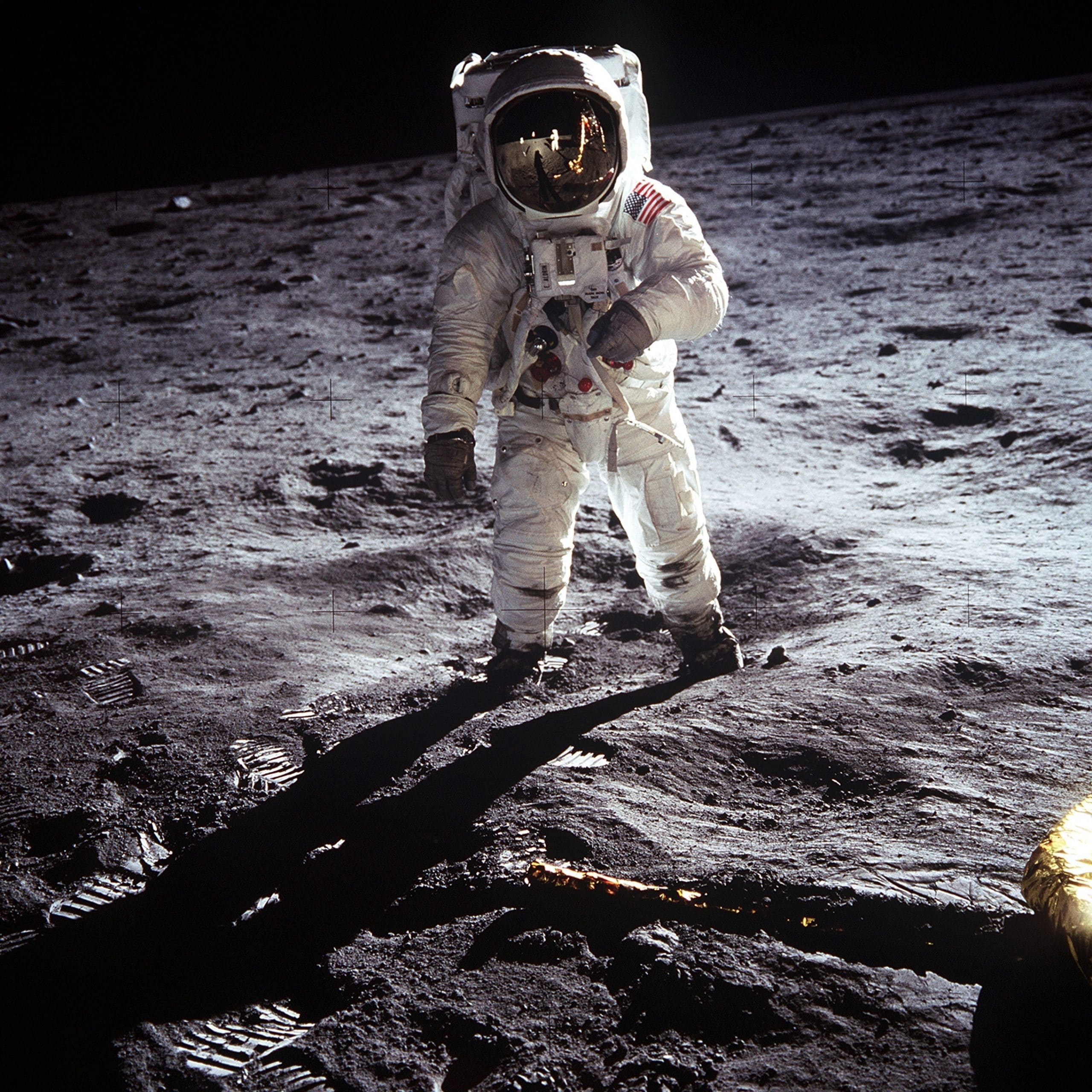The beginning of a new year is a good time to take stock. If you’re looking for a good team-building exercise to kick off 2019, try what I call the “Apollo 13 exercise:” Identify a difficult problem. Do some inventory. Dump all your stuff on a table. How can you solve the problem using only existing resources?
This exercise was inspired by one of my favorite scenes from Ron Howard’s “Apollo 13,” a fictionalized account of the 1970 moon mission that ran into problems and had to be rescued. The teams at NASA had to confront many complexities and solve them all within a tight time schedule. Three people were more than 200,000 miles away from Earth in a small metal container.
The scene shows an engineering supervisor on Apollo 13’s ground team excitedly entering a windowless room at NASA’s mission-control headquarters and quickly emptying the contents of a brown box on an empty table. The somewhat perplexed staff engineers in the room are then challenged by the supervisor to make a square CO2 filter fit into a space designed for a round filter. They can only use the materials from the box in front of them (identical to the materials that the astronauts have in the capsule). If they don’t find a solution in a short amount of time, the astronauts will run out of clean oxygen to breathe and perish.
In just 37 seconds of film, we get to see group creativity and improvisation under pressure at its best. It’s a technique that works to train teams not just in engineering and aerospace, but across all companies and non-profits alike. Let’s break it down. The characters in the scene took four steps:
- State the goal (in the film it was: “We gotta find a way to make this fit into the hole for this using nothing but that.”)
- Gather people around a table
- Dump everything you have on the table
- Figure out what you have
- Find solutions
The fourth step shows the most powerful thing happening: Everyone reaches in to the pile and starts examining the pieces and organizing them. This is where you as a leader need to encourage everyone to get involved to inspect the objects and to collaborate to find ways to look at them differently (You might choose to break people up into teams that work separately, and then reconvene). You need to be sure to hear what each person around the table is telling you. When someone describes something in front of you that you did not see that same way, then you may have just unlocked a huge asset. What will you do with it?
In a business setting where we operate with ideas and digital artifacts, we don’t often have physical objects to drop onto a table, so we use white boards to capture concepts (Your “table” also may be virtual or remote, via video conference). Set aside an hour with your team to do this type of exercise. It’s best if it’s a time-bound exercise to create a sense of urgency and completion.
Fresh Eyes
It is possible to lead the exercise on your own. But I’ve found it to be helpful to bring in someone to spark discussions who is not in the day-to-day operations of the team. That person can be a facilitator (consultant) or even a newer hire. Someone new to the team who is empowered can be encouraged to share views that bring new ideas to things that have been lying around the organization. The fresh set of eyes brings a new perspective that often illuminates things that are hiding in plain sight. You can see how something that you’ve had lying around all this time can be altered slightly and used in a very different way.
Partnerships and New Products
The Apollo 13 exercise is particularly beneficial when you are starting a new partnership. I did this type of exercise when two non-profit organizations agreed to a partnership. Leadership from each team shared their “assets” (their table items), and then brainstormed on how they could combine and connect these assets for greater impact, in this case the objective was to raise awareness and to increase the number of donors.
When a company wants to innovate to offer new products, they can use this approach to find new ways to fill gaps in the market. Often the outcome is that organizations discover they have more assets and capabilities than they had initially believed.
Collecting the items for that inventory can take days or weeks. You’ll need to do some interviews, listen closely, read reports, take a look at what you deliver to your customers, and find more assets hidden around your company (Unless, of course, you’re NASA and you keep everything cataloged).
It will be worth the work, and it will be work. The final line from that movie clip said by one of the engineers off camera is quite telling of the whole process — and one worth keeping in mind, “…better get some coffee going, too.”

















